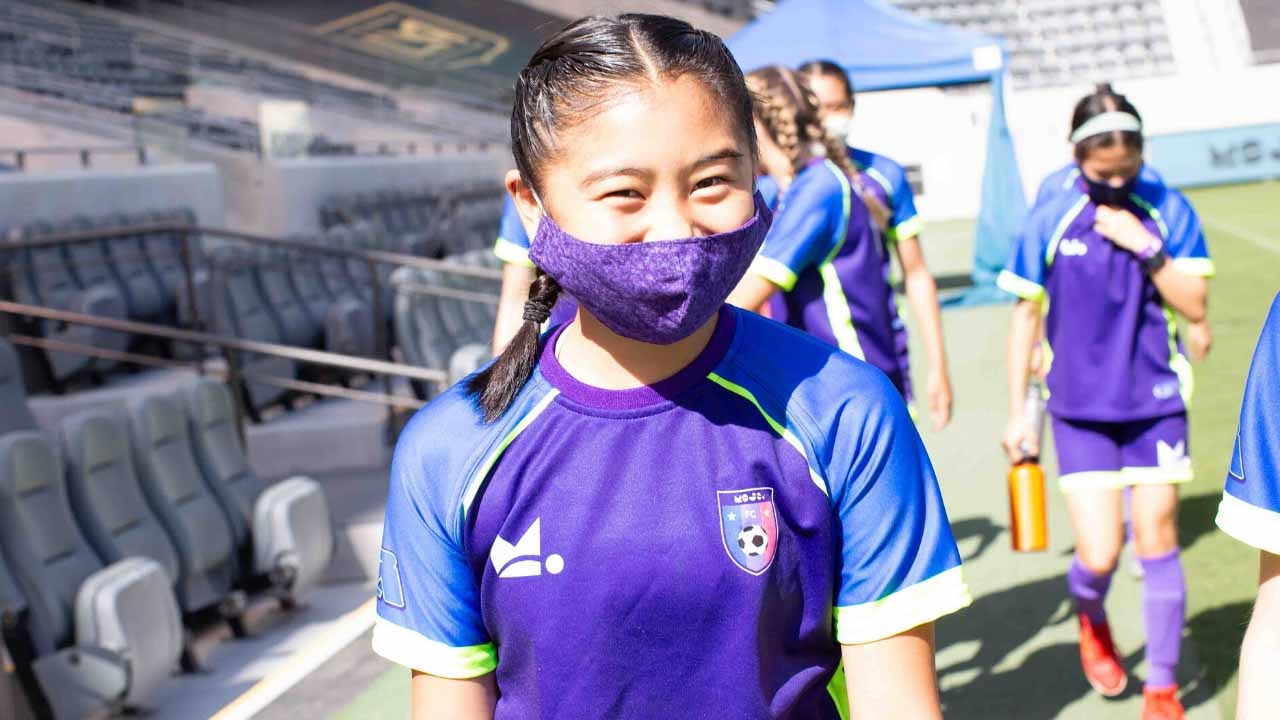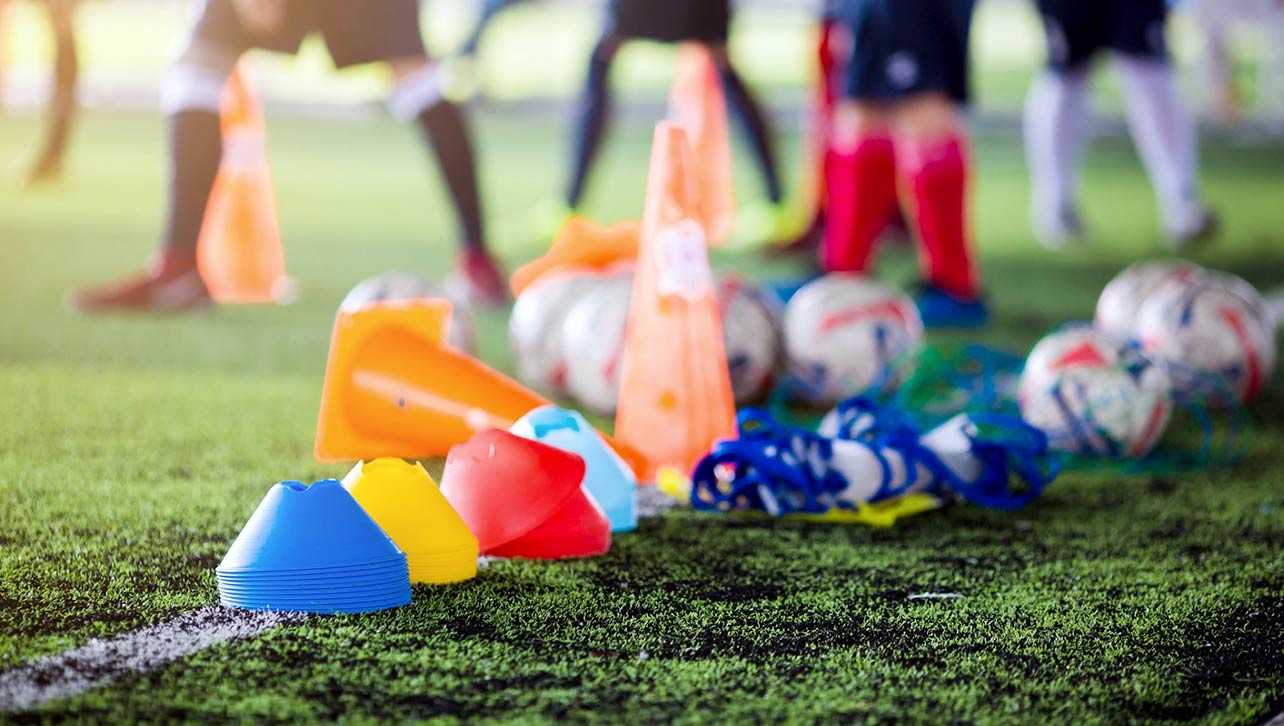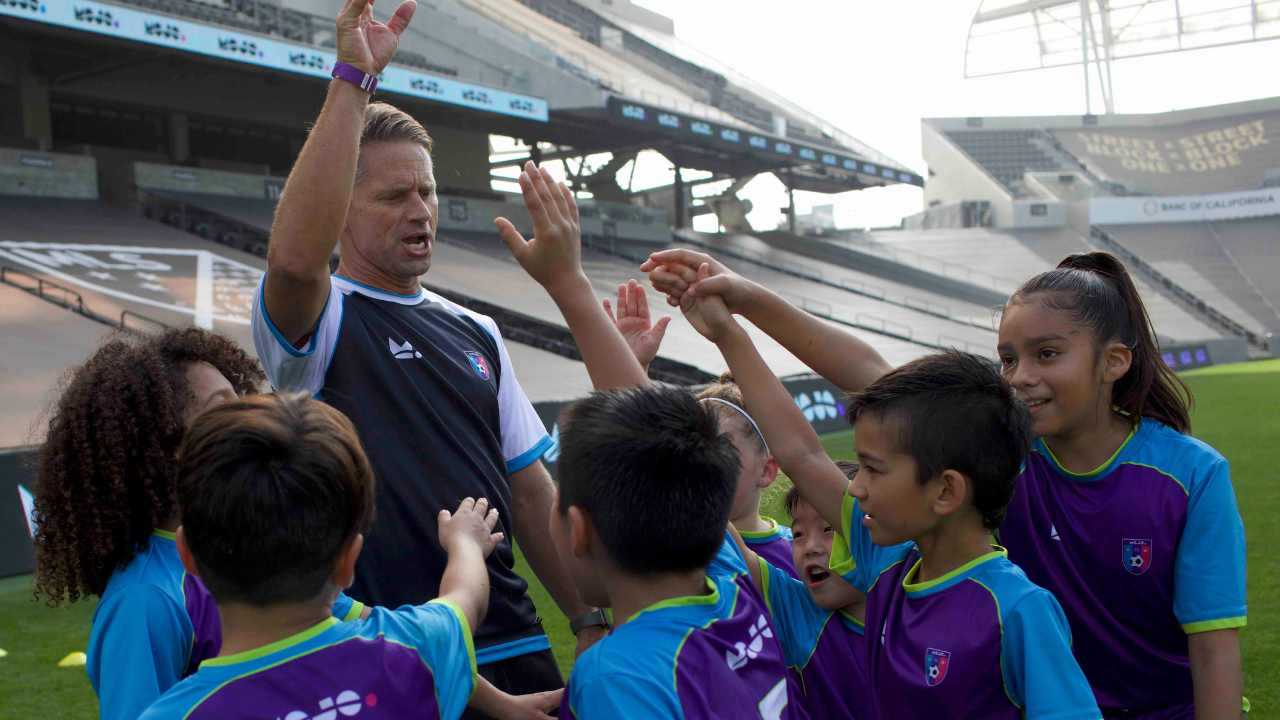Safety First! A 5-Point Checklist for Coaches
Your at-a-glance guide for the safety issues that matter most in youth soccer right now
Sue Pierce
| 4 min read

MOJO
Safety. It’s the topic that should always come first in youth sports – even before fun, practice plans or game strategy. “It must be a guarantee we provide every child and family,” says Mike Singleton, a soccer coach with 25 years of experience on the field. Regular safety checks set the stage for a positive environment for everyone. “Only when built upon this foundation will fun and learning be able to happen,” says Singleton.
Here are five key safety issues that should be on your radar.
Volunteers. Encourage other parents to volunteer – you’re going to need the help. “There should always be two adults with the players, even if one has no experience in the sport,” says Singleton. “Their job isn’t to teach the sport. Their job is to be there for emergencies and safety.”
All volunteers and coaches need background checks. That’s the law — specifically, the SafeSport Act, which took effect in 2018 after some serious abuse scandals shook youth sports. Your local organization should let you know the necessary requirements and how to complete them. AYSO created their Safe Haven Program to protect both players and volunteers. They offer training courses “on the best ways to work with children in an age-appropriate manner and the importance of safety protocols” as well as clear structure for mandated reporting of any kind of abuse. US Soccer has the Safe Soccer Framework. Chances are you’ll participate in one of the two trainings on your coaching journey. It’s a time commitment — but an important one.
Hydration. Soccer is often played in hot, sunny weather. So it’s no surprise that dehydration is a real concern. Studies show that players often come to practices and games already dehydrated. One water break halfway through practice is not going to cut it.
For young players, keep drills short and water breaks frequent. Says Singleton, “We try to keep activities for those younger kids at a max of 6 to 8 minutes and after every activity, have a water break.” That should do the trick. But just in case, signs to watch out for: headaches, dizziness and extreme fatigue.
On the field. Always arrive at least 10 minutes before your players show up. That way, players won’t be unsupervised, and you can do a safety check of the grounds. “Do the pre-work ahead of time to manage situations and to avoid them,” says Singleton. You are literally checking the field for holes, rocks or glass, and putting a cone over anything hazardous. Be sure the goals are stable and anchored. Once kids arrive, make sure you can see all players at all times. When practice is over, stay until every player has been picked up — and be sure you’re aware of who is — and isn’t — allowed to take the kids home.
Physical injuries. Bumps and bruises are part of any sport. As a coach, you want to prevent anything major. Ankle sprains are the most common injury in youth soccer. Adults use warm-ups and stretching to prevent physical injuries. For younger kids, running around before practice is all the warm up they need. “At age 11 and 12, you want to get into dynamic stretching, which is a lot of movement-based stretching,” says Singleton. For players who haven’t hit puberty yet, there is no need to do specific ankle strengthening exercises. Just playing soccer does a solid job of building up the muscles that are used for stability. Always keep a first aid kit and ice packs handy. Better to have them and never use them.
COVID-19. The pandemic has added another profound safety element to the game. Most organizations and clubs require players and coaches to wear masks at all times. Players need to have their own water bottles – no sharing. In many places, games and scrimmages are not happening and kids practice with their own balls. Coaches should choose activities and drills that are COVID-safe. “Think about it responsibly,” says Singleton. “It’s not just you, but 15 families and extended families.”




